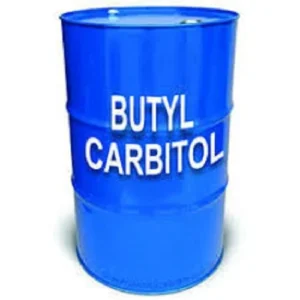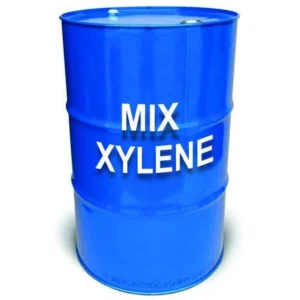IsoPropyl Alcohol
Product Details:
| Purity % | >99% |
| Packaging Details | 200 litres Drum |
| Usage/Application | Rubbing alcohol antiseptic, Solvent for cosmetics and drugs, Denaturing ethanol |
| Grade Standard | Industrial Grade |
| CAS No | 67-63-0 |
| Synonyms | Isopropanol, IPA alcohol, rubbing alcohol, Dimethyl carbinol |
| Chemical Formula | (CH3)2CHOH |
| HS Code | 29051220 |
| EC No. | 200-661-7 |
| Physical State | Liquid |
| Color | Colorless |
| Molecular Weight | 60.10 |
| Density | 0.785 g/mL |
| Melting Point | 89 Degree C |
| Boiling Point | 82.5 DegreeC |
| Shelf Life | 1-2 year |
Description
In order to keep pace with never ending demands of the customers, our company is instrumental in offering Isopropyl Alcohol, CAS No. 67-63-0, C3H8O. Get best price of 99% pure Isopropyl Alcohol in 200 litre drum. For Certificate of Analysis (COA) & MSDS, kindly contact us.
Uses:
- Used in solvent industry
- Used for making perfumes
- Used in cosmetics industry
- lacquer formulations, dye solutions, antifreezes, soaps, window cleaners
- Used for making sanitizers
- Major component in household cleaners
Description
Isopropyl alcohol (IUPAC name propan-2-ol; also called isopropyl, isopropanol, or 2-propanol) is a colorless, flammable chemical compound (chemical formula CH3CHOHCH3) with a strong odor. As an isopropyl group linked to a hydroxyl group, it is the simplest example of a secondary alcohol, where the alcohol carbon atom is attached to two other carbon atoms. It is a structural isomer of 1-propanol and ethyl methyl ether. Isopropyl Alcohol is an isomer of propyl alcohol with antibacterial properties.
Isopropyl alcohol, particularly in solutions between 60% and 90% alcohol with 10 – 40% purified water, is rapidly antimicrobial against bacteria, fungi, and viruses. Once alcohol concentrations drop below 50%, usefulness for disinfection drops sharply. Notably, higher concentrations of alcohol don’t generate more desirable bactericidal, virucidal, or fungicidal properties. Alcohol-based versions typically contain some combination of isopropyl alcohol, ethanol (ethyl alcohol), or n-propanol, with versions containing 60% to 95% alcohol the most effective.Care should be taken as they are flammable. Alcohol-based hand sanitizer works against a wide variety of microorganisms but not spores. Compounds such as glycerol may be added to prevent drying of the skin. Some versions contain fragrances; however, these are discouraged due to the risk of allergic reactions. Non-alcohol based versions typically contain benzalkonium chloride or triclosan; but are less effective than alcohol-based ones.
Isopropyl alcohol is effective against viruses such as FCV at 40% – 60% concentrations. Ethanol however, is more effective at 70% – 90% concentrations against FCV.In other cases, isopropyl alcohol is more effective than ethanol at lower percentage concentrations.
Methods of Manufacturing:
Indirect hydration process is based on a two-step reaction of propylene and sulfuric acid; in the first step, mixed sulfate esters, primarily isopropyl hydrogen sulfate, but also diisopropyl sulfate, form; these are then hydrolyzed, forming isopropanol and sulfuric acid.
Health Hazards:
Vapors cause mild irritation of eyes and upper respiratory tract; high concentrations may be anesthetic.
Fire Hazards:
Highly flammable. Vapour/air mixtures are explosive. Risk of explosion on contact with strong oxidants.
First Aid:
EYES: First check the victim for contact lenses and remove if present. Flush victim’s eyes with water or normal saline solution for 20 to 30 minutes while simultaneously calling a hospital or poison control center.







Reviews
There are no reviews yet.